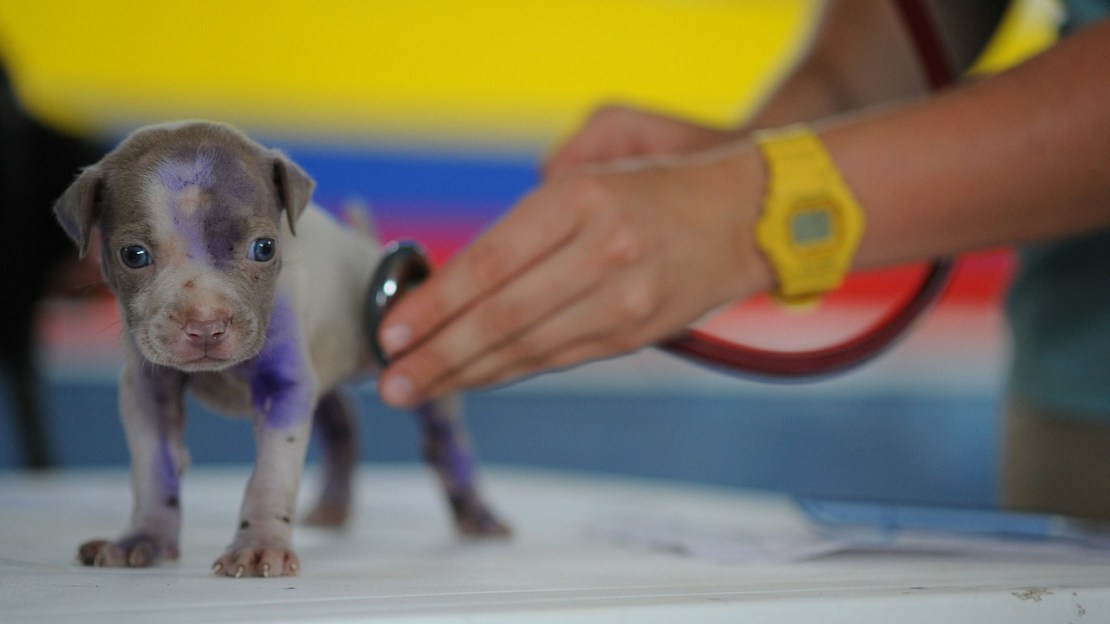John Tolley, March 5, 2019
From the Inuit Qimmiq to the Salish Wool dog, the Aztec Tlalchichi to the Tahltan Bear dog, canines have long been a staple of Native American cultures. Used for hunting, herding, retrieving, transportation, guarding and companionship, it is likely that both domesticated dogs and wild wolves followed humans as they migrated across the Bering land bridge.
Today, dogs, cats and pets of all stripes are important part of life for many Native Americans. But critical medical care for animals can be costly or inaccessible, forcing pet owners, to at times, make difficult decisions in how they allocate resources.
To ameliorate such situations, students at the University of Minnesota?s College of Veterinary Medicine have offer free clinical service for the animals belonging to individuals living on Native American reservations across the state. Since 2009, Student Initiative for Reservation Veterinary Services (SIRVS) has provided comprehensive coverage, from routine checkups to small surgeries, at its pro bono, pop-up community clinics held on reservations such as those of the Leech Lake Band of Ojibwe and the White Earth Nation.
The program is a boon both to the pet owners and the students, who, under the watchful eye of licensed veterinary professionals, gain valuable training on a range of animals. From a steering standpoint, SIRVS is almost entirely student-run, with members applying for grants and fundraising to support operations.
In addition to clinical service, SIRVS also engages in a cultural and educational exchange with the communities they serve. Members of Native American nations are frequently invited to the college to speak with students about the role animals play in their people?s history and culture. They also serve as de facto community ambassadors, teaching students how to best engage with their nation. For their part, veterinary students offer children on the reservation opportunities to engage with science and science careers in exciting, hands-on ways.
To learn more about SIRVS, check out UMN News' full article here.







